Our land has been worked since time immemorial over 4,000 years ago, mostly by peasant families living in or near villages where there was sufficient land for farming.
Medieval towns were small but still needed the food produced by surrounding villages.
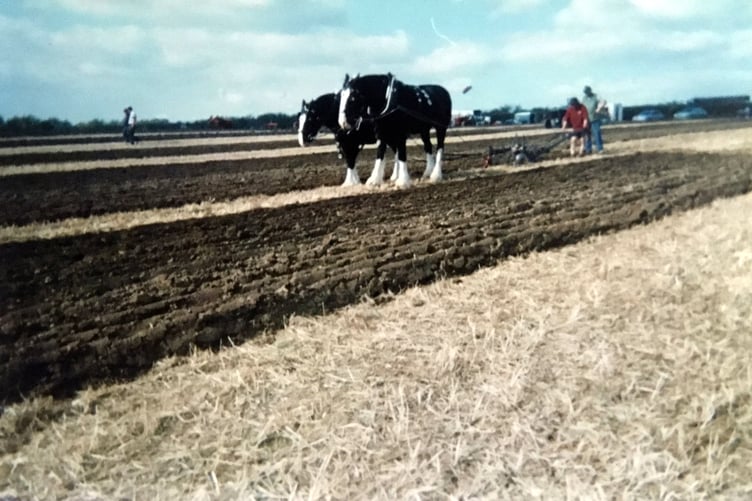
Medieval farmers and peasants had no access to tractors, combine harvesters etc and the farming tools, a simple scratch tool very crude to say the least. These peasants had specific work they had to follow each month and following this “farming year” was very important as farming dominated the lives of most.
Farms were very much smaller then and the peasants who worked the land did not own it. A peasant family was unlikely to be able to own that most valuable of farming animals “an ox.”
An ox or horse was known as a “beast of burden” as it could do a great deal of work people would have found impossible. A team of oxen at ploughing time which was vital and a village might club together to buy one or two using them on a rota basis. In fact, villagers frequently helped one and other to ensure the vital farming work got done. This was especially true at ploughing, seeding and harvesting time.
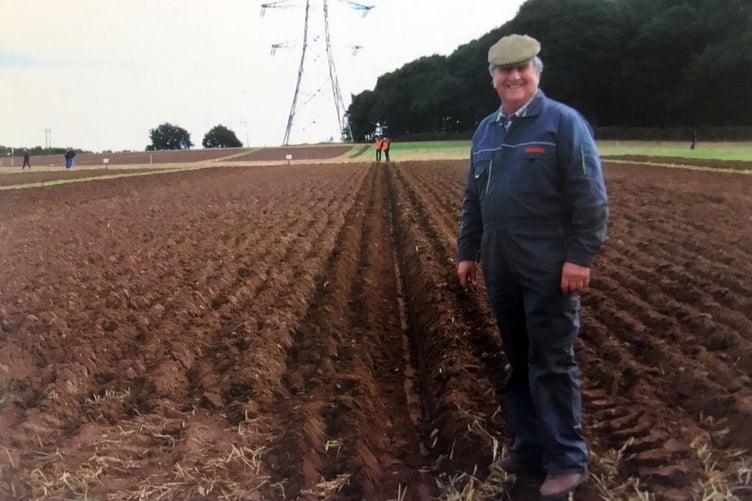
Mr Charles Newbold of Burlington County, New Jersey was the first real inventor of the practical plough receiving a patent which is a government authority or licence granting the sole right to exclude others from making, using, or selling an invention for a cast-iron plough in June 1797. His plow could not be sold as farmers feared the iron in it would poison the soil.
Over time the plough has changed from initially wood to later metal tips added to the wood allowing for it to last just a little longer. In the 1820’s the wood plough began to be replaced by iron which lasted even longer and far less maintenance.
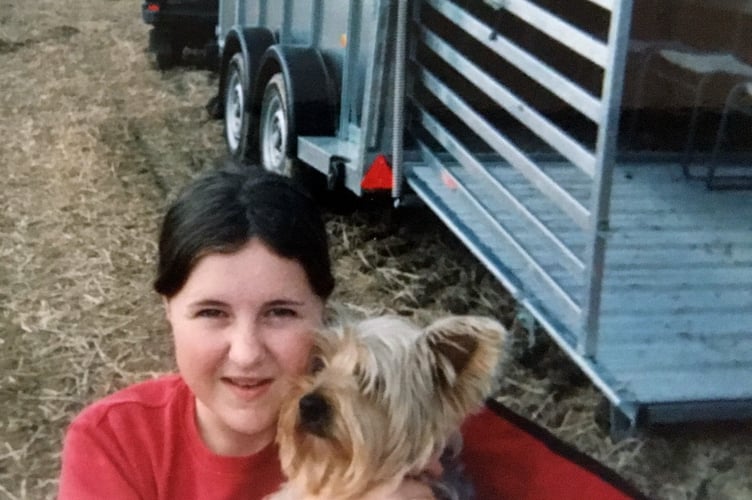
In 1837 the steel plough was invented by an American John Deere opening up his own shop in Illinois in 1836. Customers would complain the wood or iron plows proved ineffective in turning the grassland as it stuck to the implement’s surface. Revolutionising farming, increasing agricultural productivity significantly allowing farmers to open up new farmland and crops were produced more efficiently. The steel blades are of smooth texture, allowing the soil not to stick as it did with the cast iron plough. Crops were grown cheaper and quicker being the ultimate effect.
Time has moved on, thankfully, and enthusiasts still enjoy displaying their acquired art – ploughing is now done with tractors since as early as the 1900s.
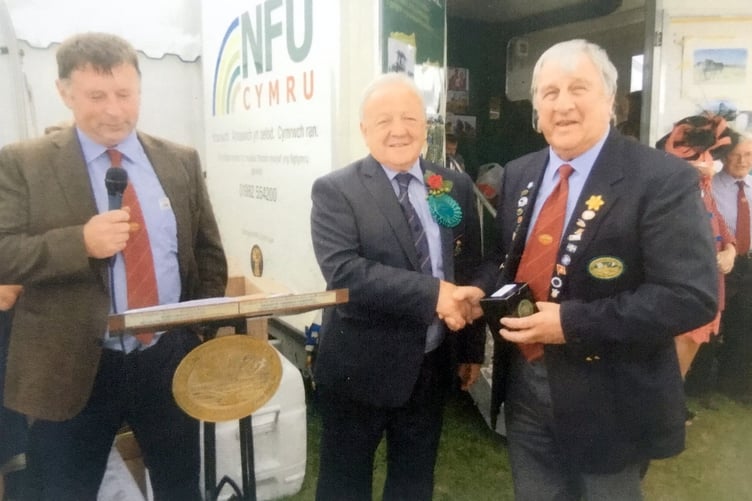
Nearly 90 years ago at the first South Pembrokeshire ploughing match was held near Castlemartin the first tractor was seen drawing a plough and competing against a team of around 20 horses.
A skill necessary for horse and tractor work is the marking out of the field and carefully setting the machine to keep to the required depth and width essential for achieving a straight furrow. Overtime we have seen the design, performance, size and versatility of tractors and ploughs improve greatly.

But the old stewarts remain and plough now appears on the world stage – an international sport not unlike the Olympics? Just take a look at some of the photographs on these pages of tractors and ploughs some well over 70 years old – still capable of turning an excellent furrow.
Ploughing can be seen working at the 61st Annual Ploughing Plashing and Roots Competition at Sunny Hill, Jameston, Tenby, SA70 7SR.
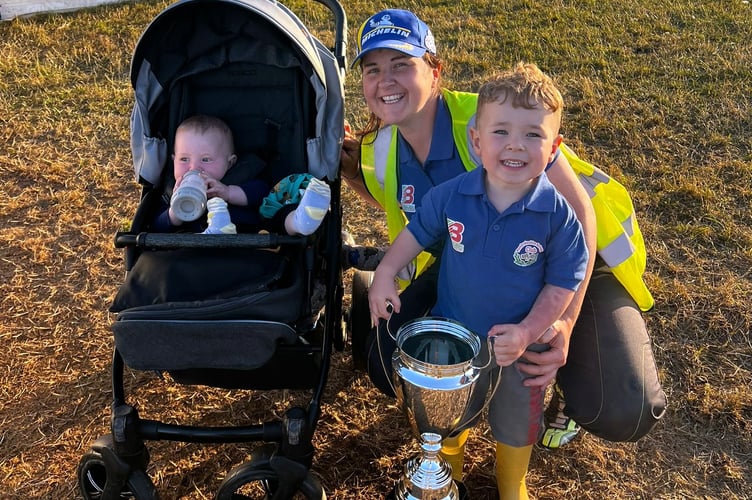
The competition on Saturday, September 16 is being held by kind permission of Mr John Frazer and family. There will also be machinery demonstrations and static vintage displays that are regularly featured.
Since June, the Welsh Ploughing Association has appointed a new secretariat, Rhonwen Morse, 07359 03 05 02 email [email protected]




